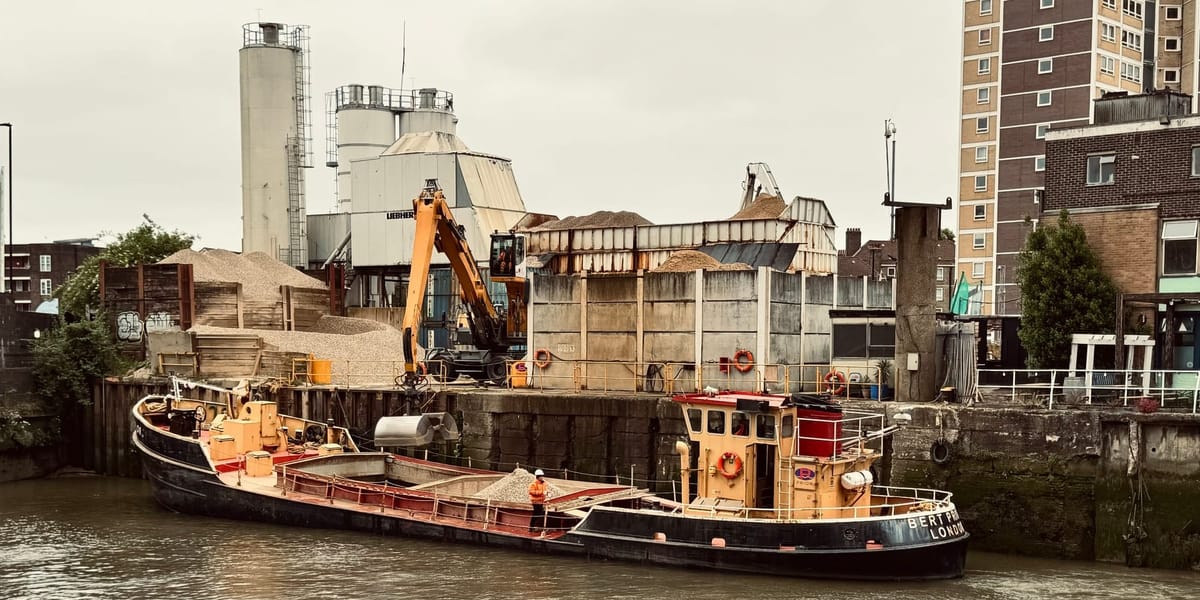Navigating product development handoff

In the first episode of The Product Shipping Forecast, Rob and I discussed the nuances of the handoff process between designers and developers. Here is a quick run down of what we discussed.
The key principles of effective handoff
- Predictability
Organise design files to be predictable, minimising surprises for developers. Having a structure developer's are used to browsing can reduce the time it takes for them to understand what they're looking at. - Clear user flows
Ensure there are user flows thought through. These should cover all the scenarios possible. - Defined component states
Following on from user flows it is also helpful to define component states clearly for better implementation. This can also include any accessibility pointers. - Consistency in the designs
Trying to use design tokens and variables makes it quicker for a design to be implemented and means the developer is less likely to question why something is being used.
Tools and Techniques
We called out Figma as a central tool to our workflow, even with some limitations it is essential to our workflow. Visualising interactions through prototypes aids in non-designers being able to give feedback and point out any potentially missed flows or state. Comments also facilitate an ongoing dialogue and make it easy for developers to seek clarity.
Best Practices
Designate Areas
Use specific pages in design files to indicate developer-ready versus exploratory sections. It's great not to hide the exploration phase, as this is something you might still want to include a developer in, but it is good to make sure that the final designs are easy to find.
Annotations
Include annotations to explain flows and components. This means a developer doesn't always need to go back to the designer to clarify something and can self-serve more easily.
Reusable Components
Create reusable components both in the designs and in code to speed up development and ensure consistency over the long term.
Conclusion
Effective handoff is crucial for product development to flow and feel smooth to all involved. Establishing clear processes, using the right tools, and fostering communication can streamline the design-to-development transition.
